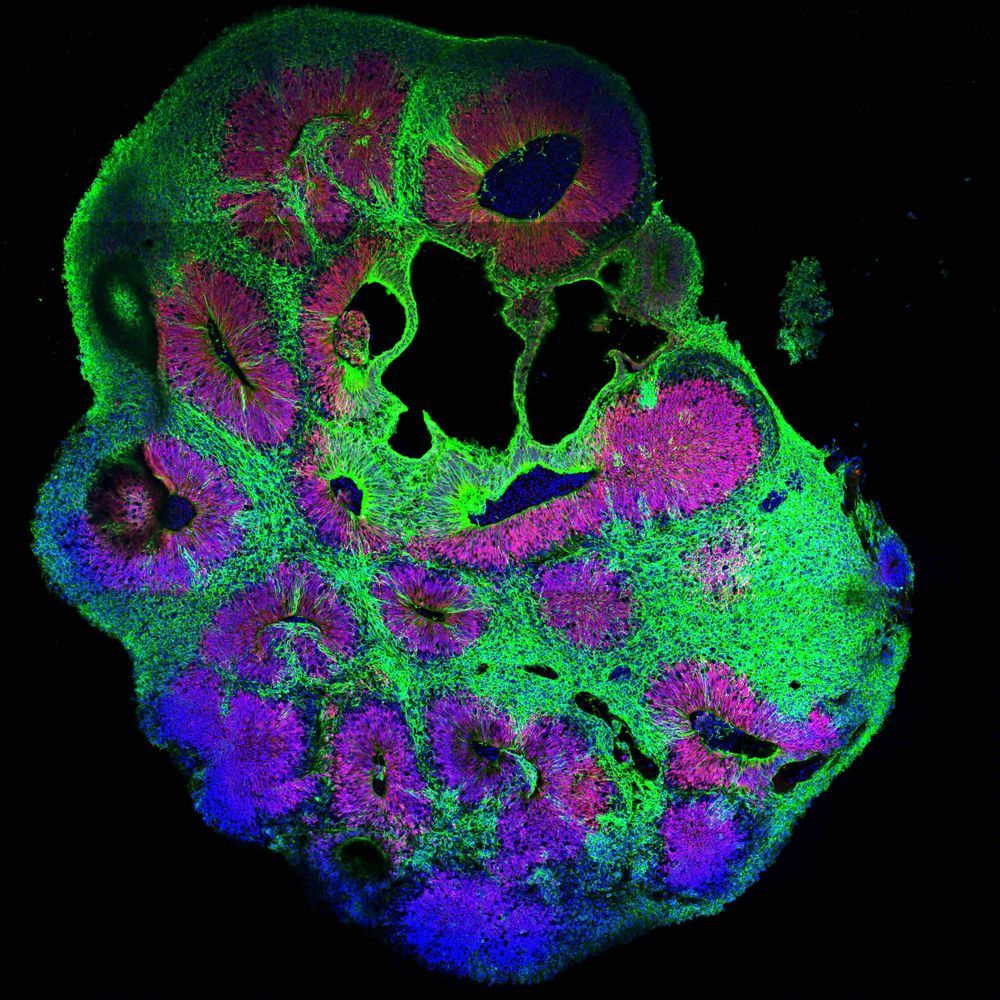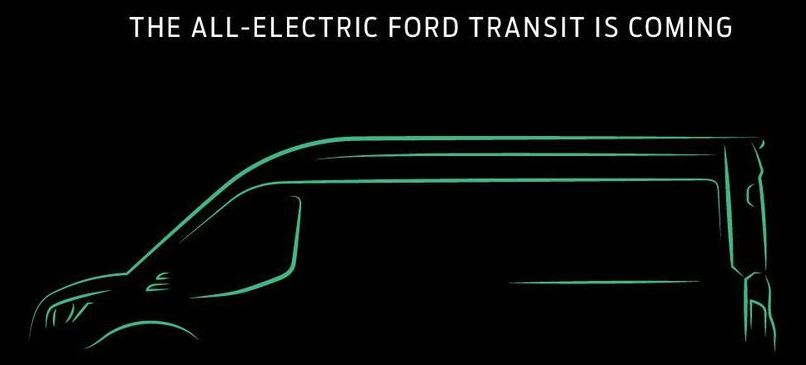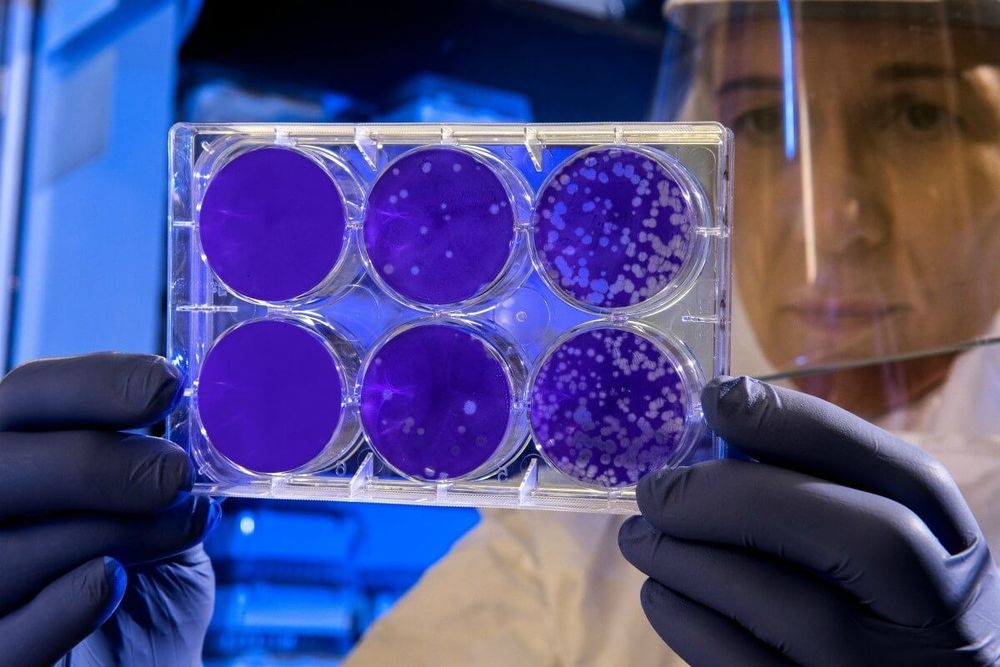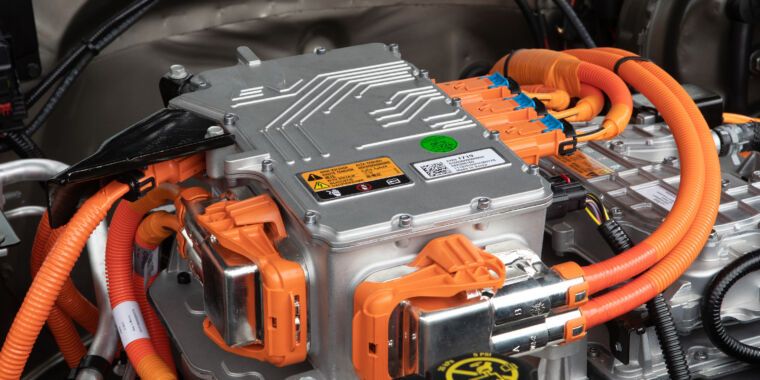Oct 29, 2020
Q&A: This entrepreneur is turning waste plastic bottles into boats
Posted by Quinn Sena in categories: economics, employment, sustainability
Madiba & Nature’s ‘ecoboats’ — made out of discarded plastic bottles — are creating jobs, promoting ecotourism and raising awareness of the circular economy.
Africa, like most other parts of the world, is battling a spiraling plastic pollution crisis. In Cameroon, one non-profit company is helping to keep waste plastic out of the ocean while also improving livelihoods and inspiring entrepreneurs in communities across the country.
Madiba & Nature’s ‘ecoboats’ — made out of discarded plastic bottles — are helping fishermen while also creating jobs in the recycling industry, promoting ecotourism and raising awareness of the circular economy.
Continue reading “Q&A: This entrepreneur is turning waste plastic bottles into boats” »

















